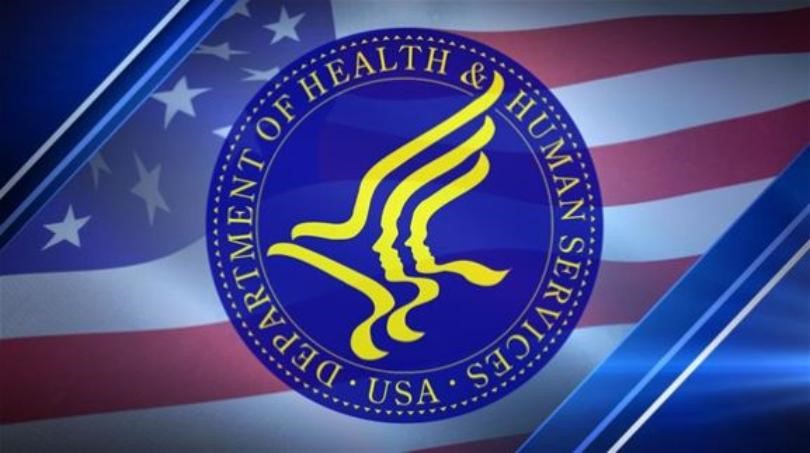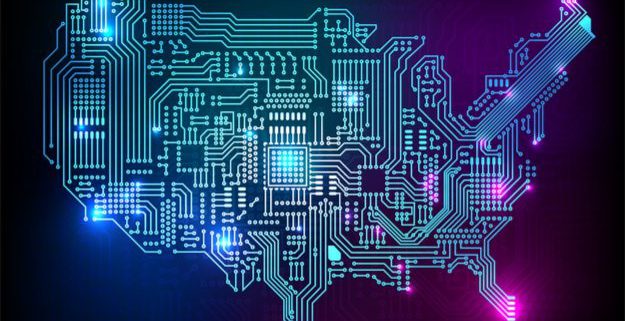The Department of Defense plans to modernize acquisition following the impacts of COVID-19

In the midst of the social, economic and political impacts the pandemic, COVID-19, has brought to the American population; the Department of Defense has committed to updating its acquisition system for the post-pandemic era. Doing so by implementing the DoD Directive 5000.01 on September 8, 2020, and by so adapting the departments roles and responsibilities for its acquisition framework. As some businesses have adjusted to the pandemic with, flexible scheduling and teleworking, so too has the Department of Defense. Their plans include digital engineering and software modernization.
This follows the trend of the federal government’s acquisition modernization, using the new acquisition platform SAM.gov as reference, the Acquisition strategies of the United States government are all moving towards increased digitalization.
The spur for digitalization stems from realizations created by covid-19. The Department of Defense believes it has demonstrated its capabilities of responsible spending, Under Secretary of Defense for acquisition and sustainment, Ellen Lord, said during the September 9 Defense News Conference, “COVID gave us a burning platform to demonstrate we could be very responsible in terms of taxpayer dollars, very responsible in terms of security of warfighter, but move at speed of relevance to get things done”. This confidence is a result of the department’s ability to absorb the adverse effects COVID-19 has had on its subcontractor businesses, be it production or giving employees time off. Since the pandemic hit, the Defense Management Agency and Defense Logistics Agency have been tracking around 22,000 companies that the Department of Defense works with. And while the DoD has managed to assist in subduing those effects, Ellen Lord believes “they’re going to start showing up. soon”. She later followed up this statement within the press conference saying “When we get to the point where we’re having payments and incentive fees and award fees earned, and if we haven’t done the deliveries, that’s where you’re going to see the hit”. Lord said companies should account for the hits they have taken during the period, March 15 through September 15, following which they should submit proposals showing those impacts for The Department of Defense to assess at once.
The projected time period for this accounting is six months, Lord said. Roughly half the time will be for the RFPs to flow down the supply chain to subcontractors. The second half will be when the Department of Defense reviews all proposals to determine what may be reimbursable. All proposals would be examined before any spending occurs, as opposed to a standard que’d system. The DoD has been calling for more money for contractors since early summer 2020. The expected amount would be between $10 and $20 Billion USD.
https://www.bls.gov/opub/mlr/2020/article/ability-to-work-from-home.htm







